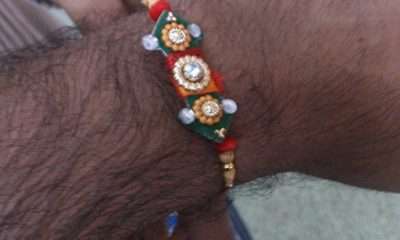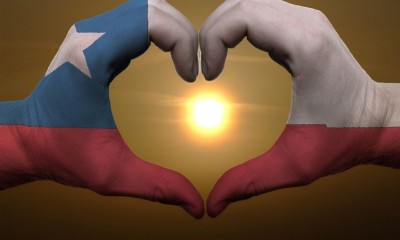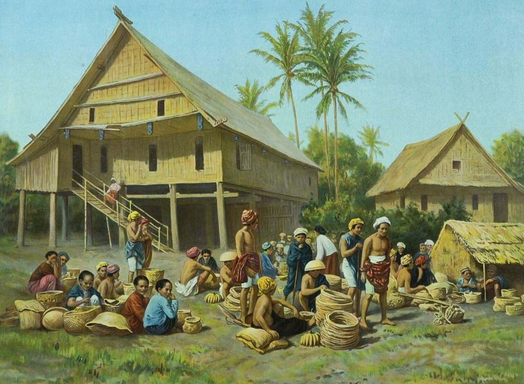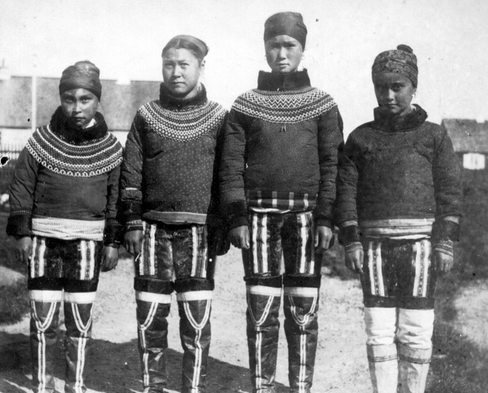February 21st is proclaimed as International Mother Language Day by UNESCO, a day to commemorate and remember the language one was born and raised with. This celebration has been observed since February 2000, and it was originally created to promote linguistic and cultural diversity through language.
This year’s theme is “Mother tongue instruction and inclusive education”, recognizing the universal right to education and considering language as an instrument to preserve and develop culture and heritage. The ideology behind the festivity regards languages as a way to develop our awareness of traditions and diversity, which lead to a feeling of solidarity and greater understanding between the multiplicity of cultures and world views.
Background
International Mother Language Day is celebrated on February 21st because it commemorates the death of four students who were campaigning for the adoption of their mother tongue, Bengali, in Bangladesh, on this same date in 1952. For this reason, International Mother Language Day is a public holiday in Bangladesh, unlike the situation in other countries, where it is simply observed rather than celebrated as a holiday. To commemorate this event, Bangladesh has built a marble monument with four pillars representing each one of the victims, plus a double frame representing their mothers and country.
How to Celebrate International Mother Language Day
Every year, UNESCO orients schools, universities and national institutions all over the world towards various ways to celebrate International Mother Language Day. Here are some of its recommendations:
1) As a teacher, make students introduce themselves and refer to their background: family, culture and language. Songs, poems, films or any other resource can be used to bring the class in contact with a new language.
2) At universities, surveys on mother languages of the students on campus can serve as an indicator of multiplicity and cultural richness. Any communal event to watch films from different origins and various languages, plays or concerts will help engage students in different cultures.
3) Local and national media can help to spread familiarity with this date and everything it means by producing articles about languages in their region.















Facebook
Twitter
Pinterest
Google+
LinkedIn
Email